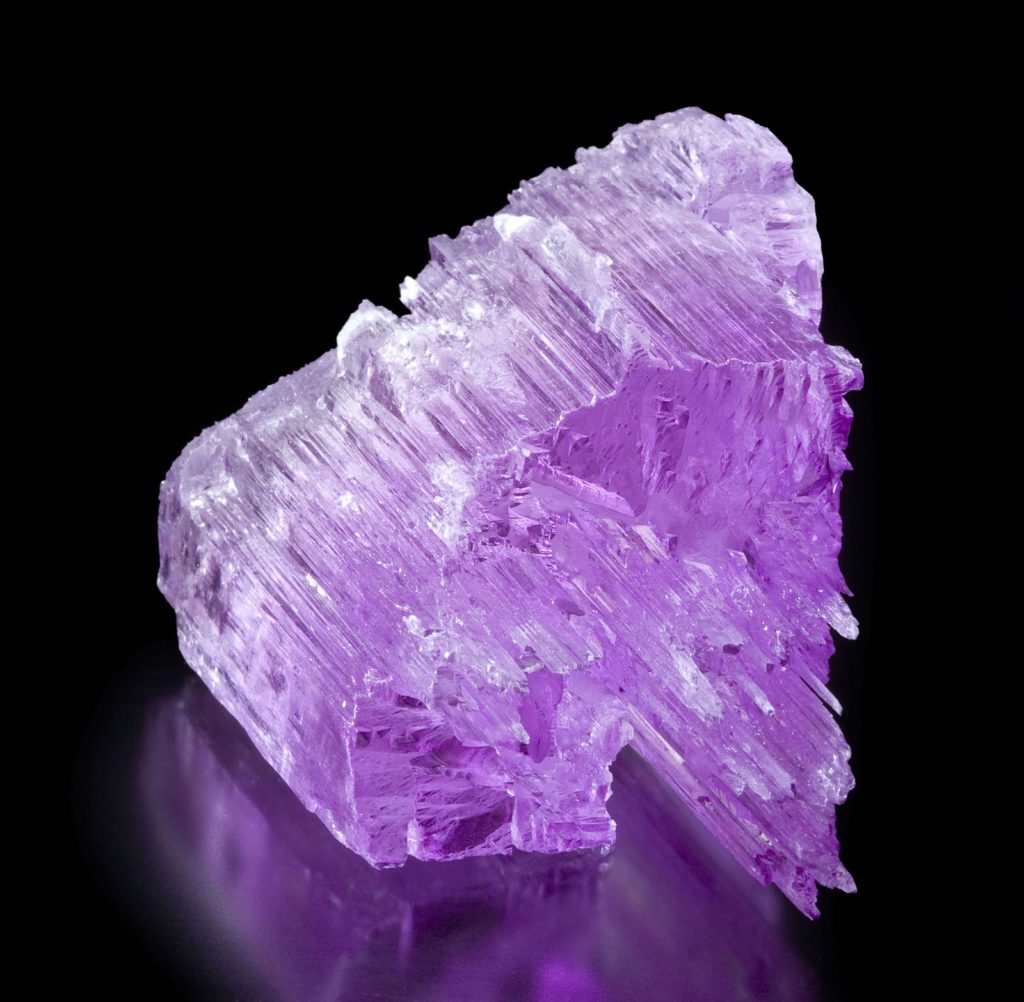Arguably the most delicious color range in the gemstone world, Kunzite is the cotton candy colored variety of the mineral spodumene. Delicate pastel pink to intense violet-ish purple, Kunzite is loved for the special hues available making it possible for designers to create impressive designs. In fact the Smithsonian Institution has a prized faceted heart-shaped kunzite that weighs a stunning 880 carats.
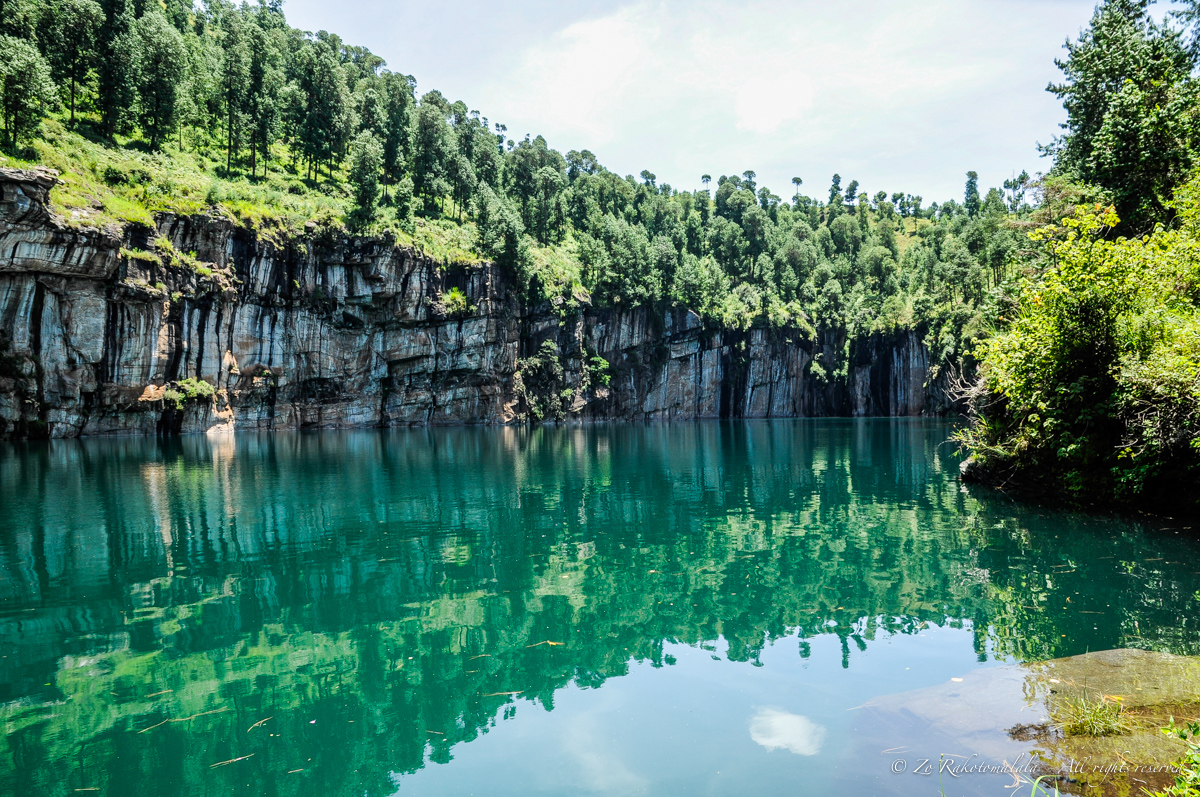
Due to its pleochroic characteristic, meaning that it flashes two different shades of visible color, it shows the best color when you look down the length of the crystal. The pegmatite deposits that the rough kunzite crystals are found in are also sources of lithium. The delicate hues are developed from trace amounts of manganese in the crystalline structure.
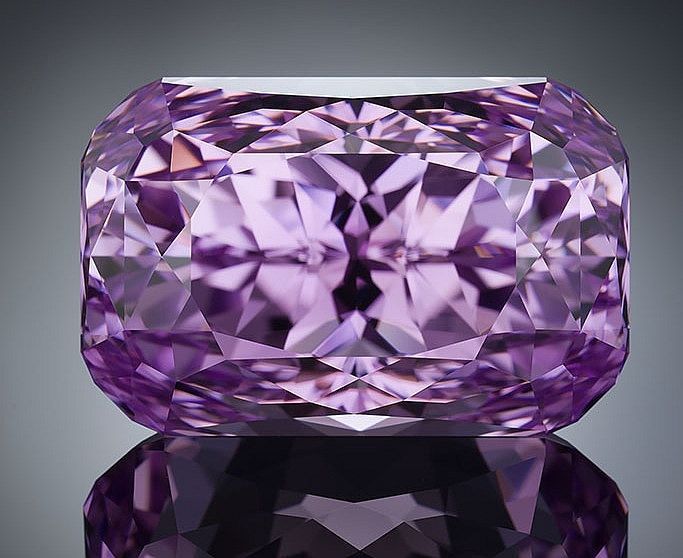
The sunny region of southern California in San Diego County is an important and historical source of the jewel. It was the community of Pala, a small, mostly Native American region, located within the Pala Indian Reservation, where in 1902 un-identified specimens of pink crystals found here were sent to Tiffany & Company’s mineralogist, George Frederick Kunz, who was able to identify it as a previously unrecognized variety of spodumene. The gem was named in honor of Kunz.
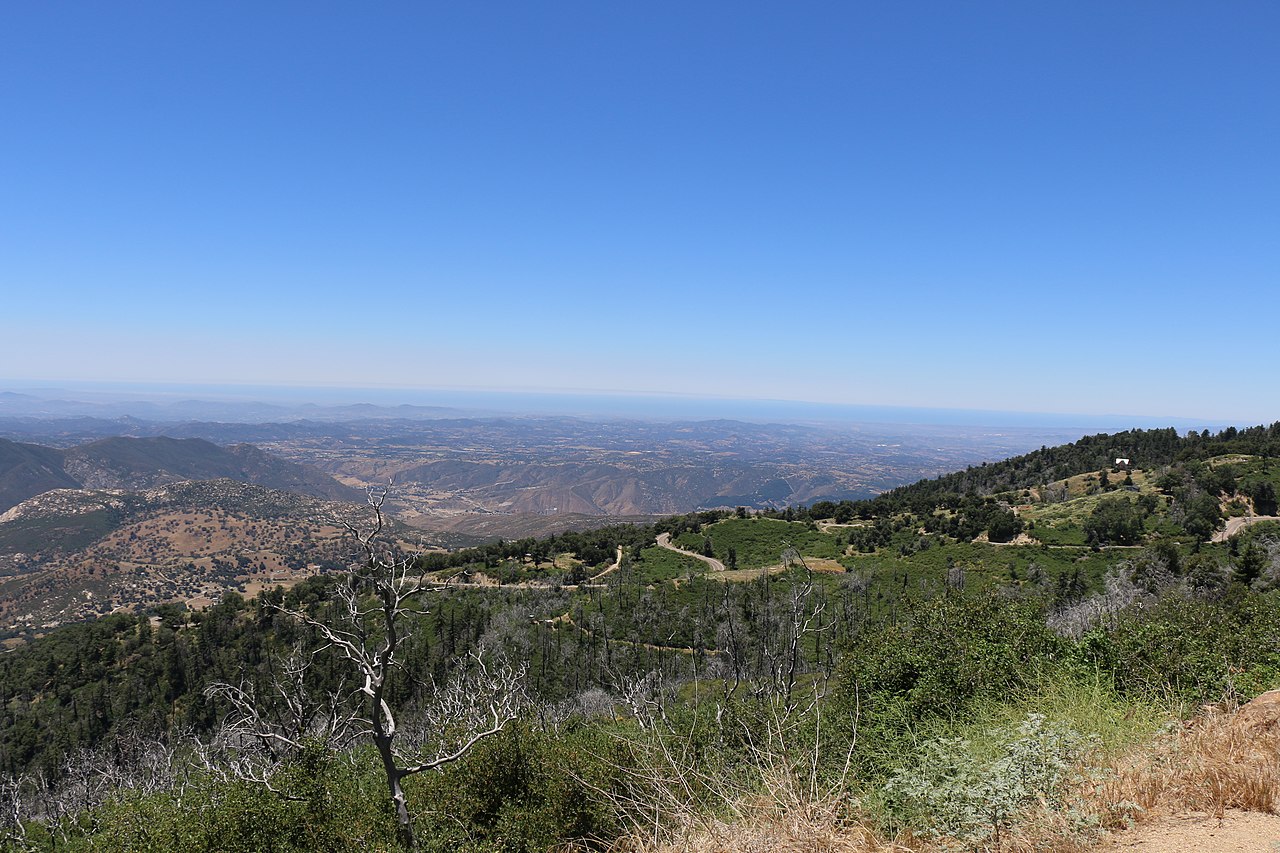
Other global sources of varying significance have been found in Afghanistan, Madagascar, Brazil, CIS, Canada, Mexico, Pakistan, and Sweden. Sometimes heat-treated to enhance the crystal color, both the treated and natural colors of kunzite can fade when exposed to heat sources and even bright lights. Because of its fickle nature many consider kunzite a ‘jewel of the night’, as it is best to showcase this dazzling treasure in the evening when excessive heat will not toy with its color, keeping its intensity at its most captivating. Many feel that kunzite is a jewel that can help free the heart chakra from emotional burdens making it possible for meaningful and loving unions.

MINERAL SPECIFICATIONS:
Mineral: Spodumene; Chemical composition: LiAlSi2O6; Color: Pink-violetish purple, light-intense; Refractive index: 1.660 to 1.676; Birefringence: 0.014 to 0.016; Specific gravity: 3.18; Mohs hardness: 6.5 to 7.0
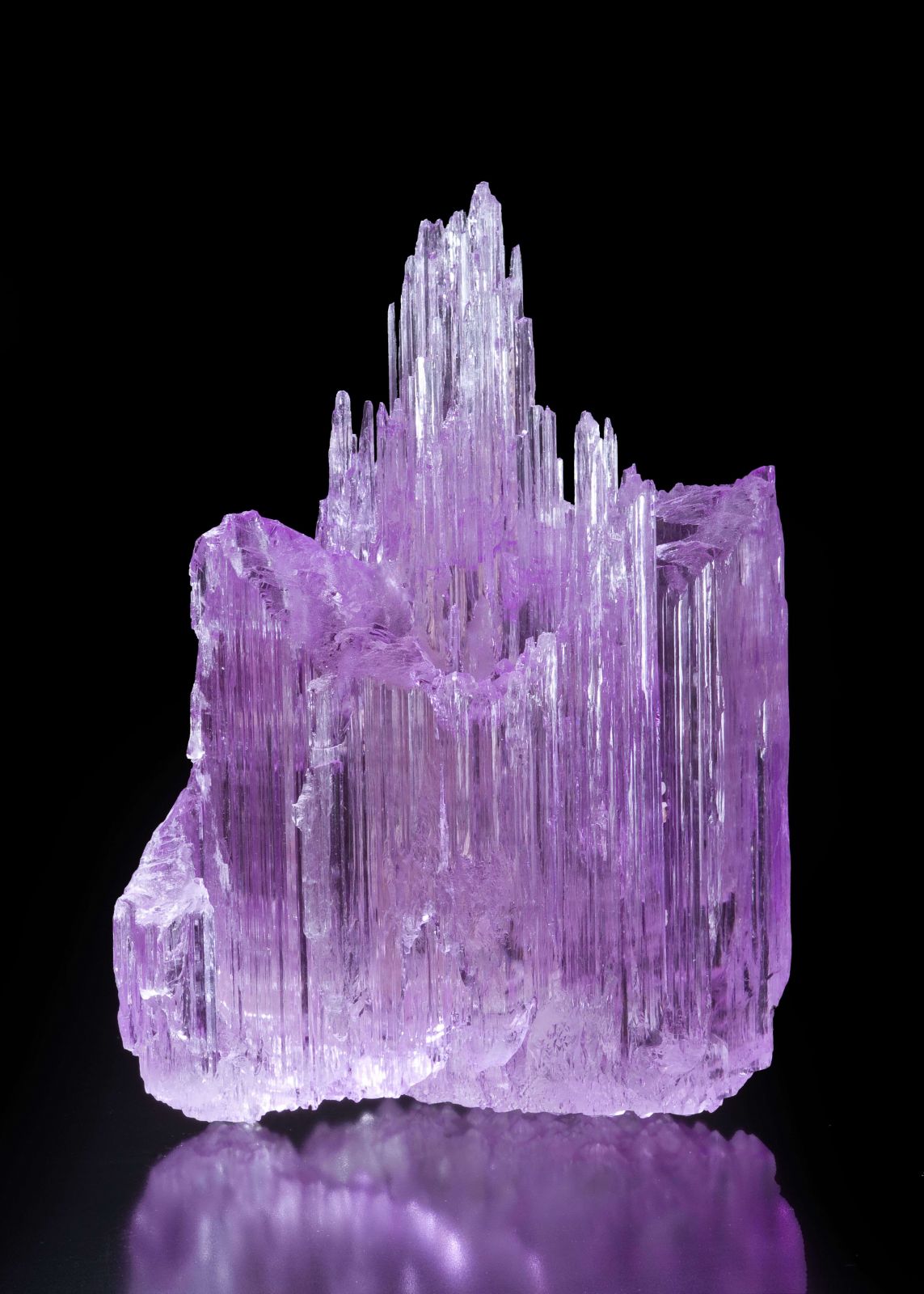
Source: GIA.EDU
Photo Credits: Joe Budd; Tino Hamid
SUBSCRIBE TO OUR MAILING LIST FOR MORE LUXURY TODAY!
YOU WOULD ALSO ENJOY



